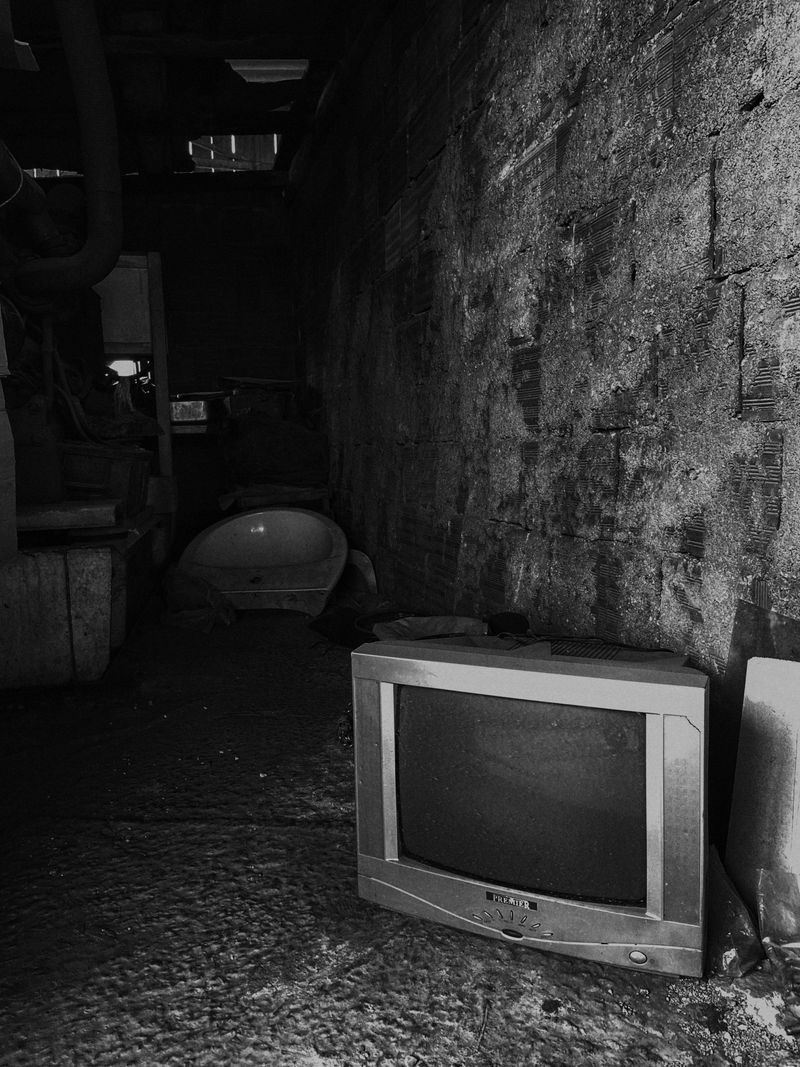- Let’s Go Party Ruth Handler: Sex Toys, Financial Crimes, and the Origin of Barbie
- Conclusion
- You might want to read !
Let’s Go Party Ruth Handler: Sex Toys, Financial Crimes, and the Origin of Barbie
The Whimsical Movie and Real-Life History
In the new Barbie movie, actress Rhea Perlman portrays Ruth Handler, the late entrepreneur known as the grandmotherly figure behind the iconic doll. While the film takes a more fanciful approach to the toy universe, it does include several genuine details about Handler’s life. The real-life Ruth Handler was a fascinating and complex woman, and her story is even more intriguing than what most Barbie fans may realize.
A Tale of Resilience and Compassion
Perlman’s character in the movie tells Barbie about Handler’s mastectomy, which is true to life. In the 1970s, Handler battled breast cancer and used her knowledge of plastics from the toy business to create prosthetic devices for other women like her. This led to the creation of her successful business, Nearly Me, which still sells products today. Handler’s personal experience with cancer not only shaped her resilience but also demonstrated her compassion for others facing similar challenges.
A Clash with Financial Problems
The movie also hints at Handler’s bitter departure from Mattel due to a clash over financial problems, which is based on historical truth. In 1978, the toy manufacturer, including Handler, faced accusations of falsifying internal business records to manipulate the market price of Mattel stock. Despite her business acumen and trailblazing success, Handler allowed padding and falsifying of the company books, leading to a severe sentence. She pleaded no contest, paid fines, and faced five years of probation, along with 500 hours of community service per year.
A Philosophical Debate: Responsibility and Exploitation
Robin Gerber, in her biography of Handler titled “Barbie and Ruth,” explores the ethical complexities surrounding Handler’s actions. While Handler was undoubtedly a pioneering woman in a male-dominated industry, her refusal to take responsibility for her actions and her protestations of innocence worked against her during the trial. Gerber argues that the severity of Handler’s sentence was partly due to her exploitation of the company books and her failure to acknowledge her role in the financial crimes. The judge’s scathing remarks, calling her actions “exploitive, parasitic, and disgraceful to anything in society,” raise profound questions about the responsibility of business leaders and the consequences of their actions.
A Journey of Redemption and Service
Handler’s sentence included 2,500 hours of community service, the longest public service sentence ever handed out at the time. Initially wanting to create a giveaway program for underprivileged cancer patients, Handler’s proposal was rejected, and she was assigned to use her business know-how to provide job training for other convicts. The program was deemed a success, and in 1982, the judge agreed to reduce Handler’s sentence by a year and a half. This journey of redemption and service highlights the transformational power of utilizing one’s skills for the betterment of society.
An Editorial: Lessons Learned and Moving Forward
The story of Ruth Handler’s life raises essential questions about accountability, the role of women in business, and the potential for redemption. While Handler’s actions were deeply flawed, her story represents a complex intersection of ambition, societal expectations, and personal responsibility. It is crucial to recognize her contributions as a pioneering female entrepreneur while also acknowledging the harm caused by her financial crimes. By examining and learning from Handler’s story, we can strive for a more ethical and accountable approach to business, prioritizing integrity and social responsibility.
Unveiling the Origins of Barbie
The movie does not delve deeply into the creation of Barbie itself. In reality, Ruth Handler and her husband, Elliot Handler, founded Mattel in the 1940s, primarily manufacturing home goods. Inspired by their daughter Barbara, Ruth envisaged a doll that represented a grown-up rather than a baby, allowing young girls to project their future selves onto the toy. She believed the doll needed to be lifelike, with breasts. When she initially presented the idea to Mattel executives, they expressed skepticism, assuming that mothers would not buy a doll with a woman’s body. However, Ruth’s instinct proved right, as women quickly embraced the doll, contrary to the men’s expectations. The success of Barbie surpassed all initial doubts, selling approximately 350,000 units in its first year alone.
A Murky Claim to Barbie‘s Origin
While Ruth Handler is widely credited as the creator of Barbie, a woman named Ann Ryan claims that her late father, Jack Ryan, a vice president at Mattel, was wrongly stripped of credit for his role in devising the doll. Ann depicts her father as being obsessed with the image of the perfect woman and asserts that he coined the name “Barbie” because her mother, Barbara, went by that nickname. Mattel’s patent for Barbie, filed in 1959, lists J.W. Ryan’s name on the document. However, these claims are disputed, and the controversy remains a topic of intrigue and debate.
Editorial Advice: A Call for Historical Introspection
The competing claims over Barbie‘s origin showcase the complexities of historical narratives and the often unacknowledged contributions of multiple individuals. It is crucial to assess history critically, recognizing that the stories we learn may not always represent the full picture. To navigate such controversies, a thorough examination of primary sources and diverse perspectives is necessary. By embracing a nuanced understanding of history, we can uncover hidden narratives and give credit where it is due. This introspection enriches our collective knowledge and fosters a more accurate understanding of the past.
Conclusion
The story of Ruth Handler, the late entrepreneur behind Barbie, is one filled with triumphs, controversies, and lessons. The new Barbie movie, while taking a whimsical approach, touches on significant aspects of Handler’s life, highlighting her resilience, compassion, and her clash with financial crimes. Handler’s journey of redemption through community service invites deeper reflection on the responsibilities of business leaders and the potential for personal growth. Additionally, different claims regarding Barbie‘s origin underscore the need for critical examination of historical narratives and the recognition of overlooked contributions. By embracing a more nuanced understanding of Handler’s story and the creation of Barbie, we can learn valuable lessons about accountability, integrity, and the complex nature of history itself.

<< photo by Criativa Pix Fotografia >>
The image is for illustrative purposes only and does not depict the actual situation.
You might want to read !
- Lana Del Rey Serves Up Surprise at Alabama’s Waffle House: A Delightful Diva in the South
- The Personal Motivations Behind the Creation of ‘They Cloned Tyrone’
- Remembering Tony Bennett: A Tribute to the King of the American Songbook
- The NFL’s Multi-Billion Dollar Bet: Analyzing the Washington Commanders’ $6 Billion Deal
- The Fallout of Financial Infractions: Dan Snyder’s $60 Million Penalty
- “Underdog Upset: New Zealand Shocks Norway in Women’s World Cup Opener”
- “The Untold Story: Why Margot Robbie Felt Compelled to Hide from Clint Eastwood”
- “Unveiling the Untold Story: Andrew Ridgeley Reflects on George Michael and the Aftermath of Wham!”
- The Untold Story of Jackie Chan’s Daughter Etta Ng: Exploring Her Journey and Life
- Margot Robbie Turns the Tables: Unleashing ‘Revenge’ with an Empowering ‘Barbie’ Film
- ‘Bird Box Barcelona’: An Underwhelming Departure from the Original




